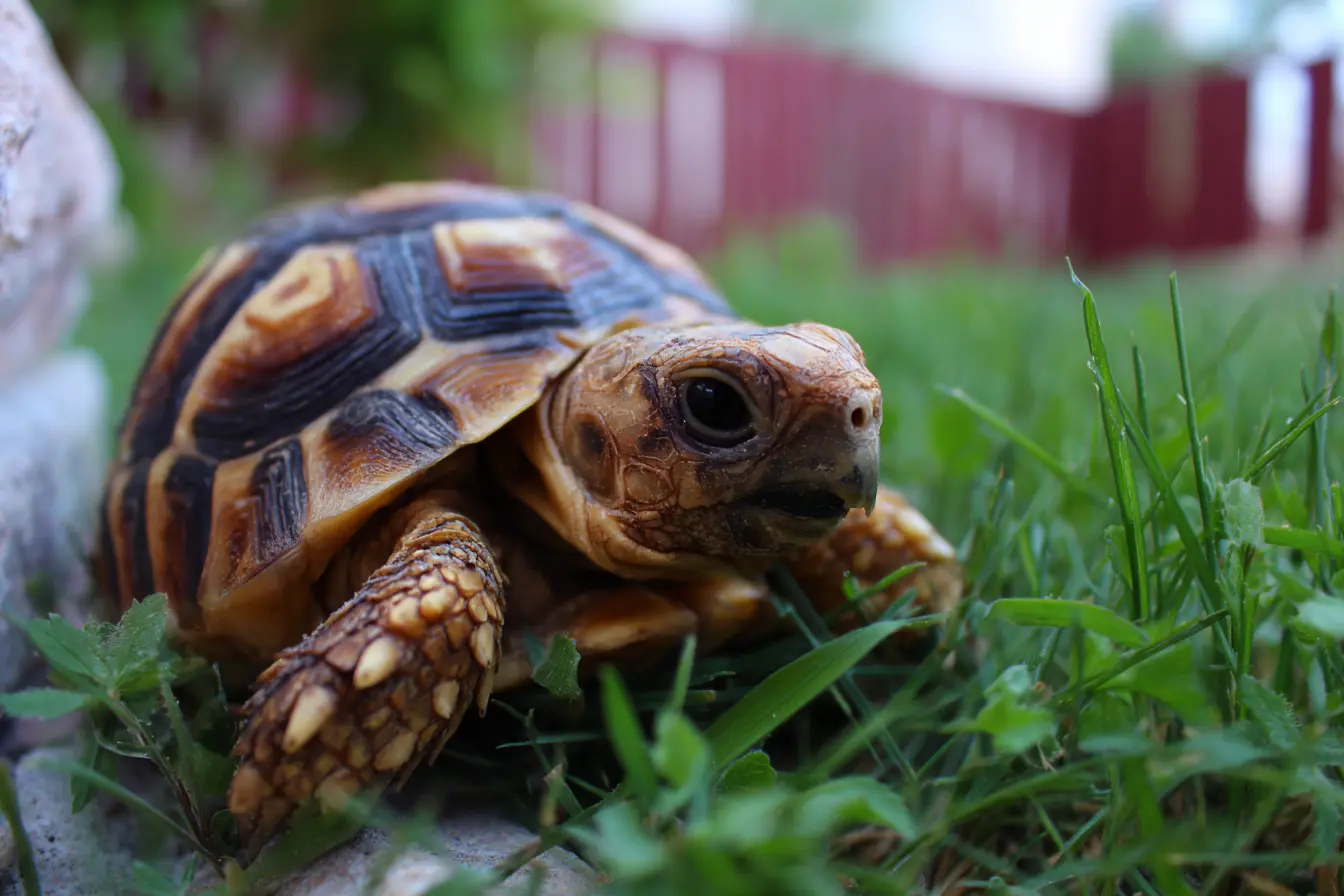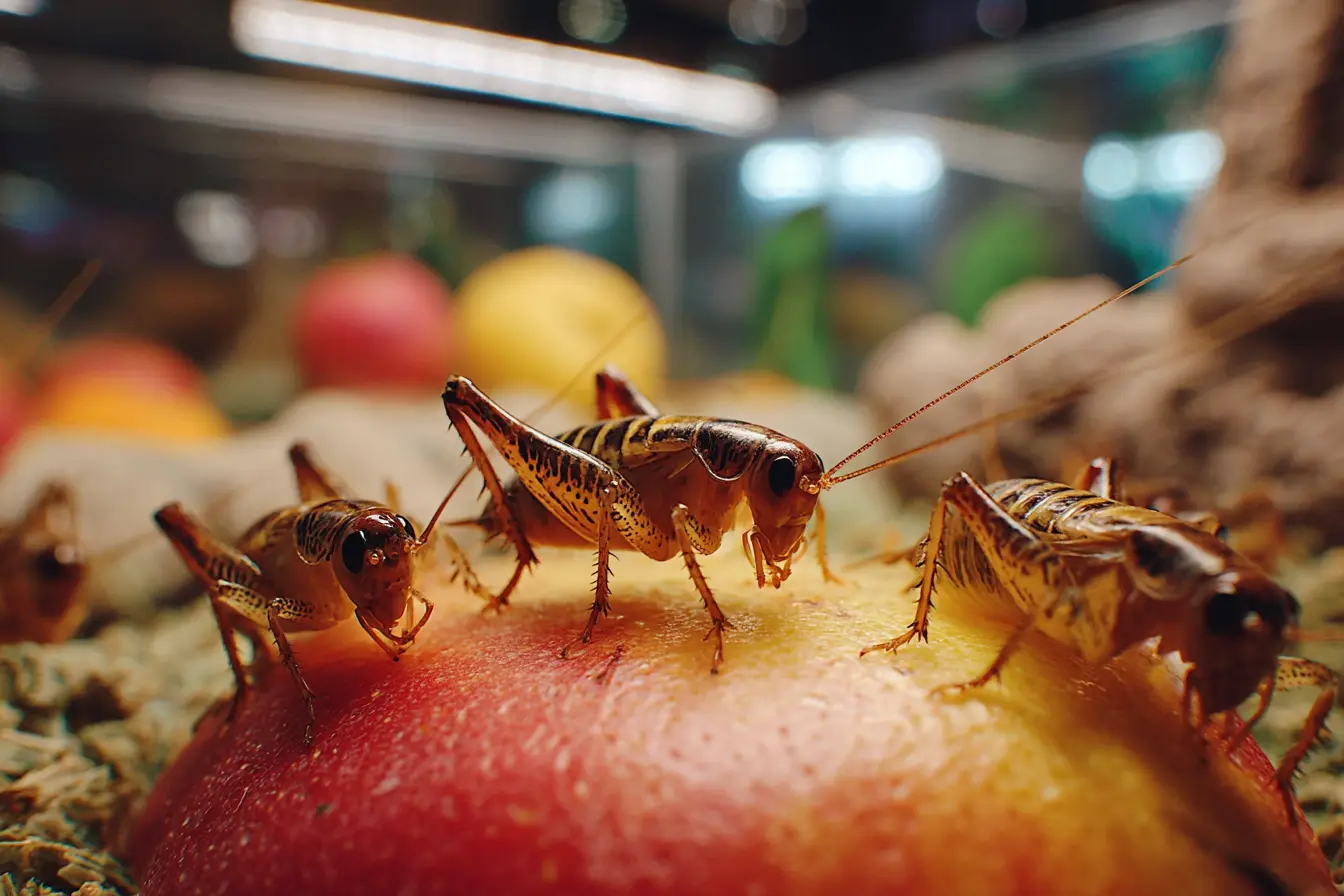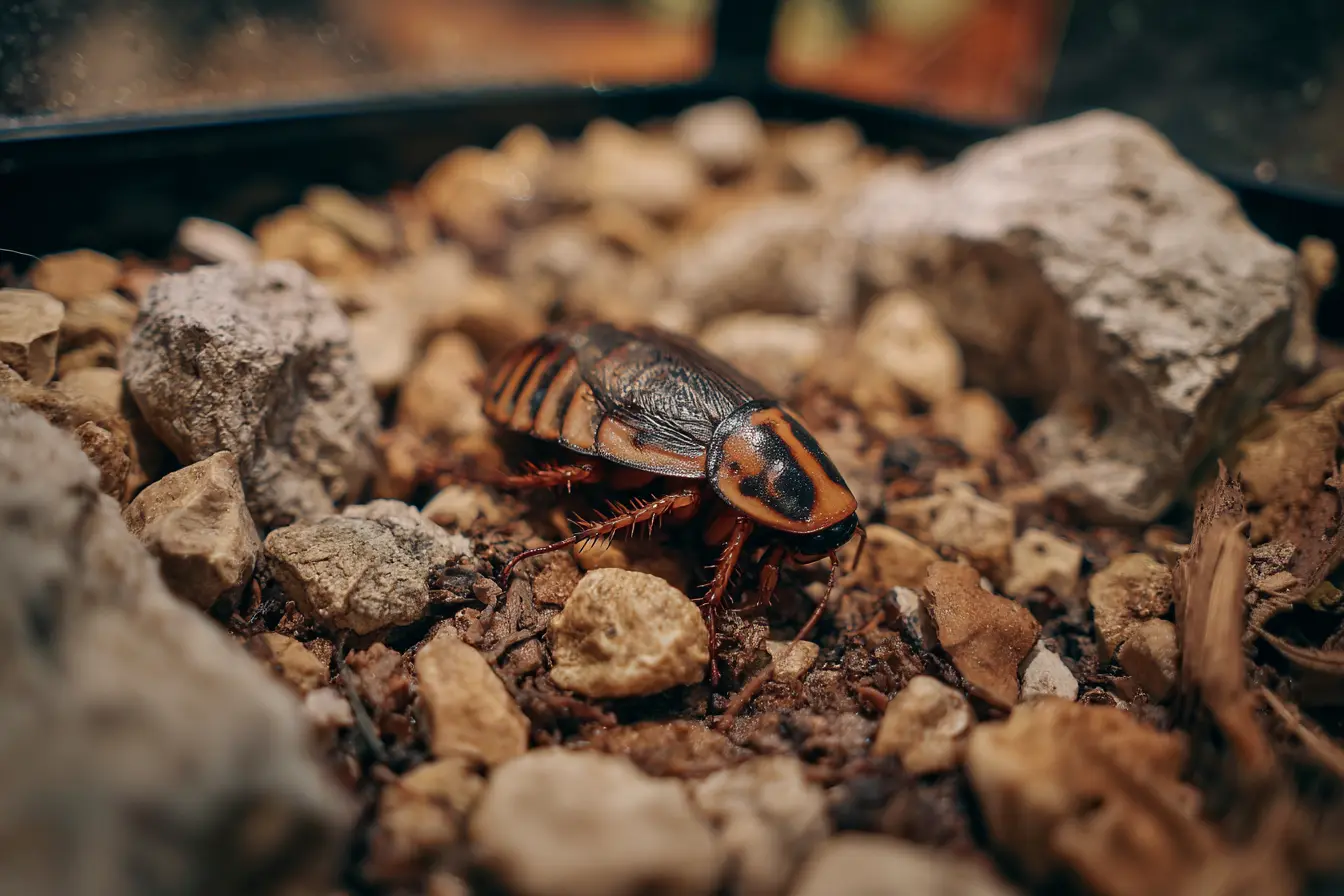
Russian Tortoise Care Guide: Everything New Owners Need to Know
Russian tortoises (Testudo horsfieldii), also known as Horsfield’s tortoises, are a popular choice for reptile enthusiasts in the UK. Known for their small size, hardy nature, and engaging personalities, they make wonderful long-term companions for those willing to meet their specific care requirements. However, like all tortoises, they require the right environment, diet, and care to thrive.
If you’re thinking of getting a Russian tortoise, this guide will cover everything you need to know, including housing, diet, handling, and health care.
What is a Russian Tortoise?
Russian tortoises are a small species native to parts of Central Asia, including Russia, Iran, Afghanistan, and Pakistan. They inhabit dry, arid environments and are well adapted to extreme temperatures.
They typically grow to around 15–20 cm in length, with females being slightly larger than males. Their hardy nature and manageable size make them a great choice for both beginners and experienced tortoise keepers. With proper care, Russian tortoises can live for 40–50 years, so they are a significant long-term commitment.
Sourcing and Selecting a Russian Tortoise
Choosing a healthy Russian tortoise from a reliable source is crucial for long-term success.
Where to Buy
- Reputable breeders: Captive-bred tortoises are the best option, as they are healthier and better adapted to life in captivity.
- Specialist reptile shops: Many reptile shops in the UK offer Russian tortoises and can provide care advice.
- Rescue centres: Consider adopting a tortoise in need of a new home.
Avoid purchasing wild-caught tortoises, as they are often stressed, carry parasites, and may struggle to adapt to captivity.
What to Look For
When selecting a Russian tortoise, look for these signs of good health:
- Clear, bright eyes with no discharge
- A smooth, hard shell with no deformities or soft spots
- Active and alert behaviour
- Clean nostrils and mouth
- No signs of wheezing or respiratory issues
Housing and Enclosure Setup
Providing a suitable enclosure is critical for your Russian tortoise’s health. They require both an outdoor and indoor enclosure, especially in the UK’s changing climate.
Outdoor Enclosure
Russian tortoises thrive in outdoor enclosures during the warmer months.
- Size: Outdoor enclosures should be at least 2 m x 1 m for a single tortoise.
- Fencing: Ensure the enclosure is secure, with walls at least 30 cm high and buried 10 cm deep to prevent burrowing escapes.
- Shelter: Provide shaded areas and a waterproof hide for protection from rain and predators.
- Substrate: Natural grass, soil, and sand are ideal for outdoor setups. Avoid pesticide-treated areas.
Indoor Enclosure
An indoor enclosure is necessary for the colder months when outdoor temperatures drop too low.
- Size: The enclosure should be at least 120 cm x 60 cm. Larger is always better.
- Substrate: Use a mix of topsoil and play sand, which is excellent for burrowing. Avoid wood shavings or pellet substrates.
- Heating and Lighting: Provide a basking spot at 32–35°C, with an ambient temperature of 20–25°C. UVB lighting is essential for calcium metabolism and must be available for 10–12 hours a day. Replace UVB bulbs every six months.
Diet and Nutrition
Russian tortoises are strict herbivores and require a diet rich in fibre and low in protein. Feeding them the correct foods is essential for their health.
Staple Foods
- Dandelion greens
- Plantain
- Clover
- Kale
- Turnip greens
- Chicory
- Hibiscus leaves and flowers
Occasional Treats
- Carrot
- Cucumber
- Pumpkin
- Strawberries (sparingly)
Foods to Avoid
- Spinach (high in oxalates)
- Lettuce (low in nutritional value)
- Fruit (except as an occasional treat)
- Animal protein
Supplementation
Dust their food with calcium powder three times a week and a multivitamin supplement once a week. Ensure fresh water is always available in a shallow dish.
Handling and Behaviour
Russian tortoises are generally friendly and enjoy exploring their environment, but they are not a species that enjoys excessive handling. Too much handling can cause stress.
Tips for Handling
- Always support their entire body and avoid dangling them by their legs.
- Handle them gently and avoid sudden movements.
- Wash your hands before and after handling to prevent the spread of bacteria like Salmonella.
Russian tortoises are known for their curious and adventurous nature, often digging and climbing around their enclosures.
Common Health Issues
Even with proper care, Russian tortoises can develop health problems. Knowing the signs early is essential for preventing serious issues.
Respiratory Infections
Caused by incorrect humidity or low temperatures. Symptoms include wheezing, nasal discharge, and lethargy.
Metabolic Bone Disease (MBD)
Caused by calcium deficiency and lack of UVB exposure. Symptoms include soft shells, deformities, and weakness.
Parasites
Internal parasites can cause diarrhoea, weight loss, and loss of appetite. Regular faecal tests by a reptile vet can help detect parasites.
Shell Rot
A bacterial or fungal infection that can cause soft spots, oozing, or discolouration on the shell.
If you notice any signs of illness, consult a reptile-specialist vet immediately.
Specialist Vet Care
Russian tortoises do not require vaccinations, but regular health checks are essential.
Routine Health Checks
An annual visit to a reptile vet is recommended. This should include a physical examination and a faecal test for parasites.
Emergency Situations
Seek immediate veterinary care if your tortoise shows signs of:
- Persistent lethargy
- Loss of appetite
- Difficulty breathing
- Shell injuries or infections
Care and Maintenance
Maintaining a clean and well-regulated environment is vital for your tortoise’s health.
Daily Tasks
- Check temperatures and humidity levels
- Remove uneaten food and spot-clean waste
- Ensure fresh water is available
Weekly Tasks
- Clean and disinfect water dishes
- Replace substrate in soiled areas
Monthly Tasks
- Deep-clean the enclosure and replace substrate as needed
- Inspect and replace UVB bulbs
Hibernation
In the wild, Russian tortoises hibernate during the winter months. In captivity, you can choose to hibernate them if they are healthy and of the right weight.
Preparing for Hibernation
- Gradually reduce feeding and lower temperatures over several weeks.
- Provide a hibernation box with a mix of soil and leaf litter.
- Keep the temperature between 5–10°C.
Monitor your tortoise’s weight throughout hibernation and consult a vet if you have any concerns.
Final Thoughts
Russian tortoises are fascinating and rewarding pets for those who are ready for a long-term commitment. They are hardy, curious, and full of personality. By providing the right environment, diet, and care, you can ensure your Russian tortoise lives a healthy and happy life for many decades.
By following this guide, you’ll be well-prepared to give your Russian tortoise the best care possible.
Vets near you
Speciality vets
- Aquatics vet specialists
- Birds vet specialists
- Camelids vet specialists
- Cats vet specialists
- Cattle vet specialists
- Deer vet specialists
- Dogs vet specialists
- Equines vet specialists
- Exotic vet specialists
- Goats vet specialists
- Pigs vet specialists
- Poultry vet specialists
- Sheep vet specialists
- Small Mammals vet specialists
- Wild vet specialists



